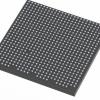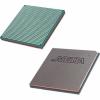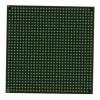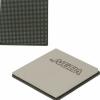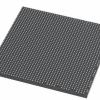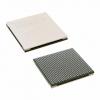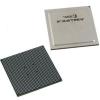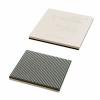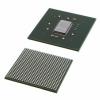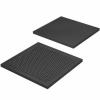Introduction to Xilinx 7 Series Four Types of FPGAs
The Xilinx 7 series FPGAs consist of four FPGA families addressing complete system requirements ranging from low cost, small form factor, cost sensitive, high volume applications to ultra-high-end connectivity bandwidth, logic capacity and signal processing capabilities for the most demanding high-performance applications .
First, let's take a look at the naming rules of Xilinx 7 series FPGAs.
01
Spartan-7 series
The following figure shows the logic resource list of all FPGAs in the Spartan-7 series
02
Arti x -7 series
Artix-7 Series: Optimized for low power applications requiring serial transceivers and high DSP and logic throughput.
The following figure is a list of all FPGA logic resources of the Artix-7 series.
03
Kintex-7 series
Compared with the Artix-7 series, the Kintex-7 series has optimized cost performance and has the best cost performance among all series. Whether it is the number of hard cores or logic capacity, it can meet the needs of low-end and some high-end applications.
The following figure is a list of all FPGA logic resources of the Kintex-7 series.
04
Virtex-7 series
Virtex-7 Series: Optimized for maximum system performance and capacity, doubling system performance. The highest capability device realized by SSI technology.
The following figure is a list of all FPGA logic resources of the Virtex-7 series.
05
Xilinx-7 series FPGA resource comparison
The first is the histogram of the I/O ports of each device.
Block RAM resource histogram
High Speed ​​Serial Transceiver Resource Histogram
DSP resource histogram
Transceiver Total Bandwidth Histogram
Original title: Introduction to Xilinx 7 Series FPGA Classification


